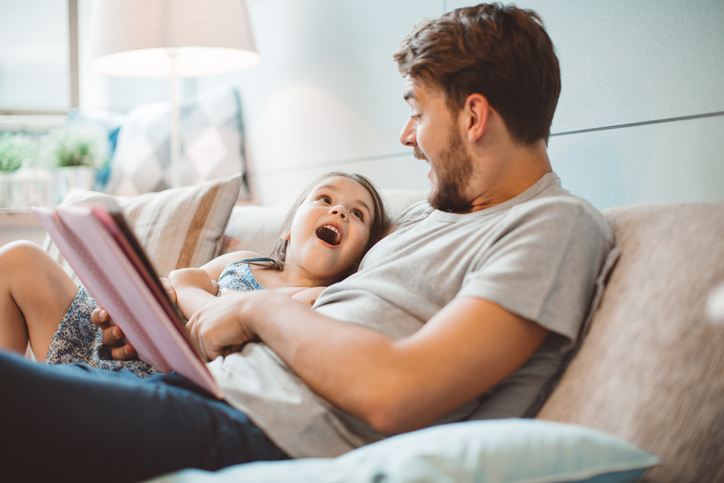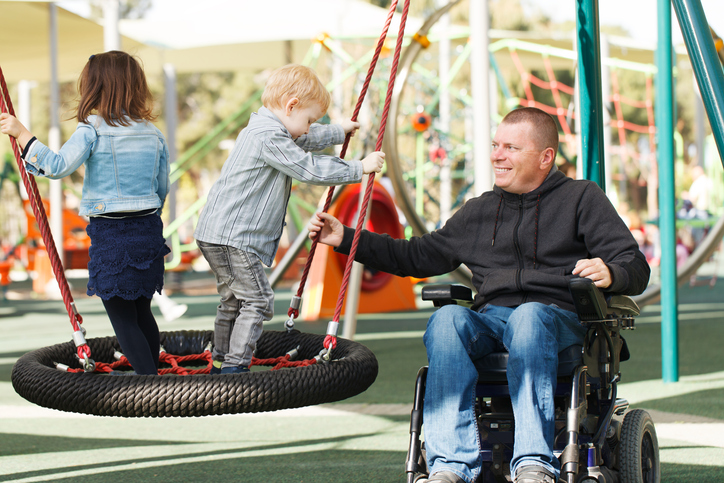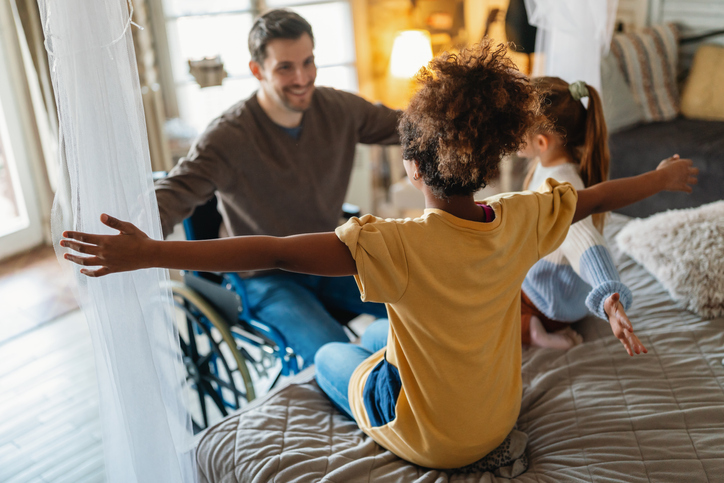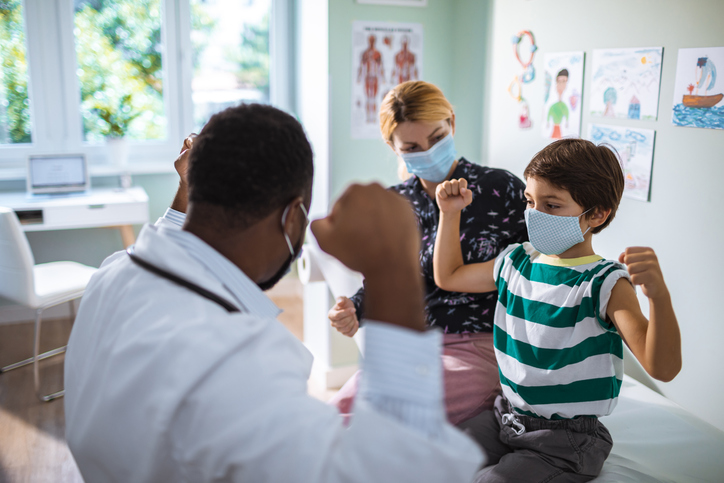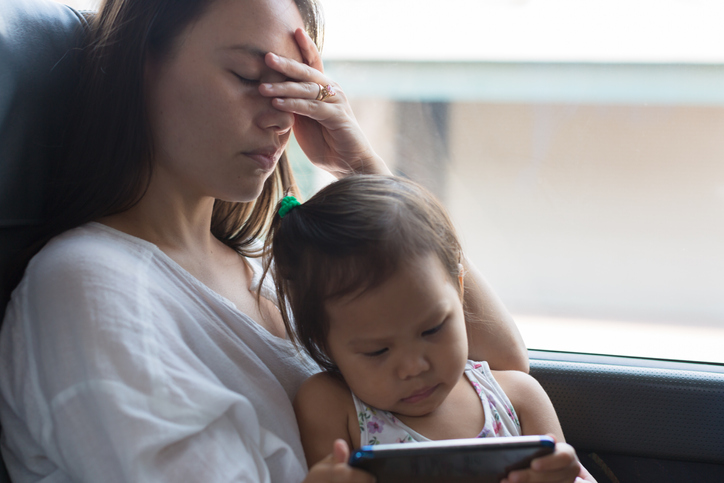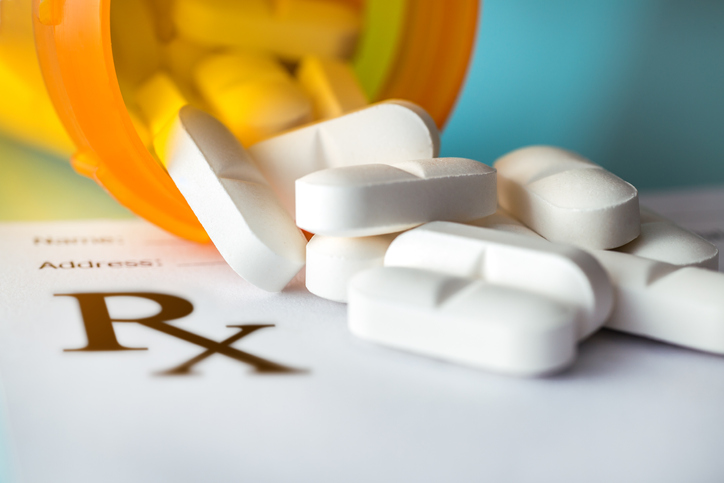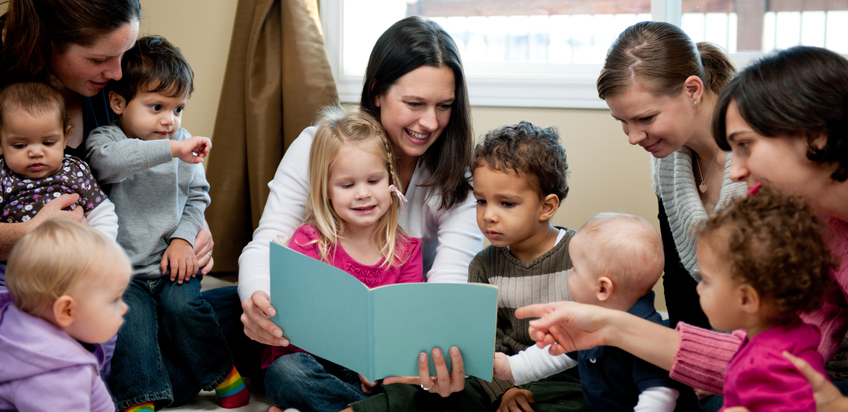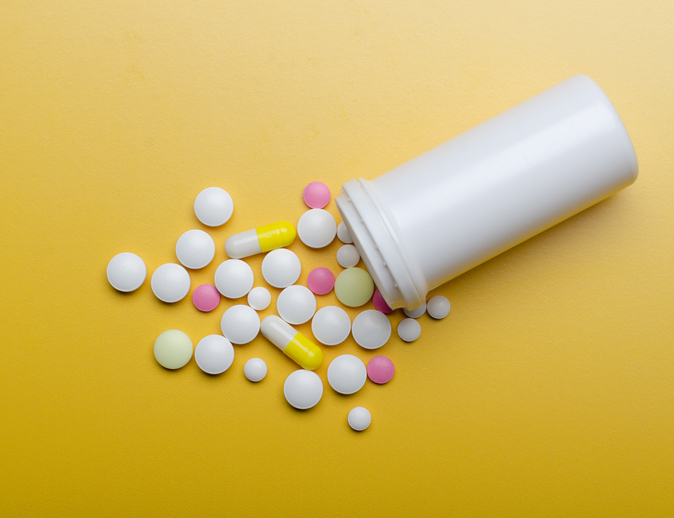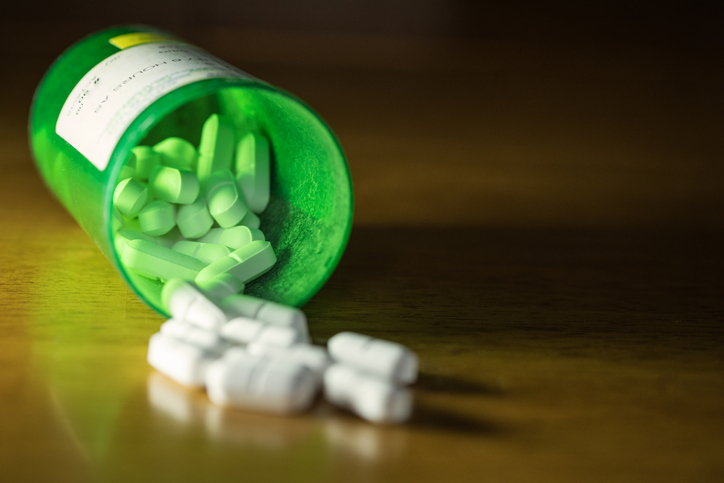Living with Chronic Pain
The Safe Use of Opioids for Pain in Children and Teens

Although most children experience pain, it can often be controlled through the use of over-the-counter pain medications, such as NSAIDs or analgesics. However, in certain situations, the use of opioids is necessary to treat pain in children. When administering opioids, especially in children and adolescents, it is important to know how to do so safely. Below is a compilation of information that can help guide caretakers in the safe use of opiates in children.
Use non-opioids first
Non-opioid medications should be considered before taking opioids. Use opioids sparingly and only when other non-opioid medications are unable to manage the pain. This can reduce the risk of misuse or developing opioid use disorder.
Combine opioids and non-opioids
When combined with opioids, NSAIDs or acetaminophen can increase the efficacy of the opioids. This can result in a decreased need for opioids for pain reduction.
For short-term use
Opioids should normally only be taken for a few days. If prescribed numerous pills, a pharmacist can half the total and hold the prescription.
Be aware of side effects
Opioids can cause drowsiness, constipation, dizziness, nausea, etc. Monitor side effects and ask the medical provider if certain over-the-counter medications, such as stool softeners or anti-nausea medication, are appropriate. Seek immediate medical attention for difficulty breathing.
Monitor for signs of dependence
It is crucial to know the signs of opioid dependence, especially in children. The risk of opioid dependence is greater if the child takes them for a long period of time or if a personal or family history of substance use disorder is present. Signs of dependence can include the following:
- Social isolation
- Mood changes
- Changes in sleep patterns
- Changes in appetite
- Exhaustion
- Sadness
- Talking fast or being overly energetic
- Loss of interest in activities
- Nervousness
- Irritability
Recognizing an overdose
Overdoses can happen for various reasons, including taking more than prescribed, not using the medication as prescribed, using a medication that was prescribed to someone else, or mixing opioids with alcohol or other medications, such as benzodiazepines. Check with the health care professional to ensure that it is okay to take opioids in combination with the other medications the child takes. A naloxone kit should be available and household members should be trained on how to use it in case of overdose. Signs of overdose include the following:
- Pale or clammy skin
- Vomiting or gurgling
- Blue or purple lips or fingernails
- Slowed or stopped breathing or heartbeat
- Body goes limp
- Unable to be awakened
- Unable to speak
Safe storage
Opioids should be kept out of access from pets, children and teens. If possible, store in a locked area, such as a locked cabinet, safe, or other area that has restricted access.
Use as prescribed
Opioids should be taken exactly as prescribed. Never take more than the prescribed dose, and never take them more often than prescribed. Additionally, the person to whom the opioid is prescribed should be the only person to take them. Never share opioids with others.
Safe disposal
It is possible that there will be leftover pills after the opioids have eased pain, especially acute pain. Many physician offices and pharmacies have a pill disposal program where pills can be brought in a clear plastic bag. They will then safely dispose of the medications. Safe disposal of medication can vary depending on location. For example, proper disposal of medication in the United States may differ from the appropriate disposal in Canada. A local pharmacist should be able to assist with safe disposal of unused medicine.
Have an open conversation
Having an open and honest discussion with the minor concerning opioids is important. Make sure certain topics are covered, such as the following:
- Safely taking opioids
- Overdose signs
- Safely disposing of opioids
- Signs of overdose
- Accessing 911
- Signs of dependence
Additional sources: American Society of Anesthesiologists and Substance Abuse and Mental Health Service Administration: U.S. Department of Health and Human Services
